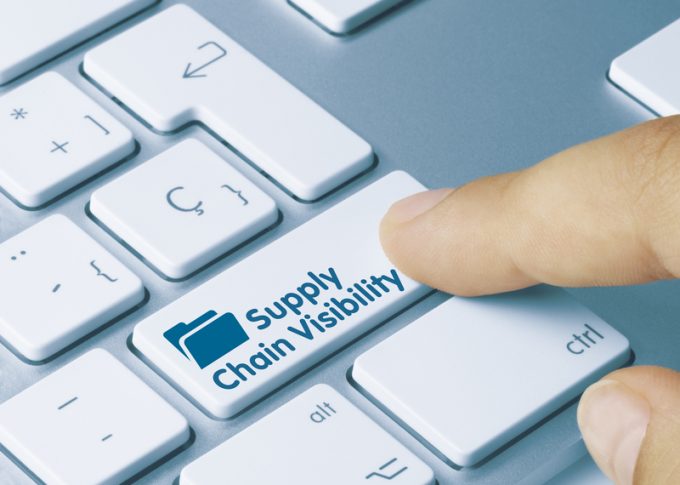FourKites 'management refresh' brings in new executives
FourKites has today announced additions to its senior leadership team in a bid “to maximise ...

The Covid-19 pandemic exposed how vulnerable supply chains are to disruptions. During the latter half of 2020 and throughout 2021, ports all over the world became bottlenecks in the flow of global supply chains as a surge in imports to meet housebound consumer demand overwhelmed ...
MSC switches two more Asia-Europe port calls from congested Antwerp
Front-loading frenzy has made traditional H2 peak season 'unlikely'
Tradelanes: Export boom in Indian sub-continent triggers rise in airfreight rates
Carriers introduce surcharges as congestion builds at African ports
Mexican airport modernisation plan unlikely to boost cargo facilities
Ports and supply chain operators weigh in on funding for CPB
Box ship overcapacity threat from carrier appetite for new tonnage
Tradelanes: Overcapacity on Asia-S America impacting alliances and rates

Comment on this article